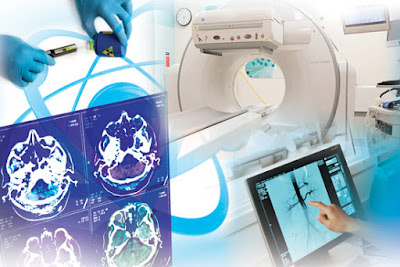Radiology
is a field of medicine that involves using imaging to diagnose and treat
injuries and illnesses. Wessam Bou-Assaly is a radiologist in Ann Arbor,
Michigan. He studied medicine at a French university and then completed his
radiology residency at Caen and Lille in France. He moved to the United States
in 2004 to pursue an advanced education in neuroradiology and nuclear medicine.
He is an experienced and knowledgeable radiologist.
As with any
field of medicine, radiology requires a large amount of education and
dedication. Successful radiologists study hard to learn about the different
types of imaging in radiology. In order to become a radiologist, you will need
to complete medical school as well as a radiology residency. Both of these
require several years of study. If you want to be a successful radiologist you
will need to do well in these studies.
The medical
industry as a whole is filled with cutting edge research and state of the art
treatments. If you want to be a successful radiologist, then you will need to
keep current on the research in your field. Read peer review journals such as World
Journal of Radiology or Clinical Radiology. These, and other journals like
them, will help you stay current on the innovations in your field.
Wessam Bou-Assaly studied radiology while he was in a residency program in France. After he moved
to the United States in 2004, he studied neuroradiology and nuclear medicine.
Wessam Bou-Assaly is a dedicated radiologist who has worked hard to build a
successful career.



